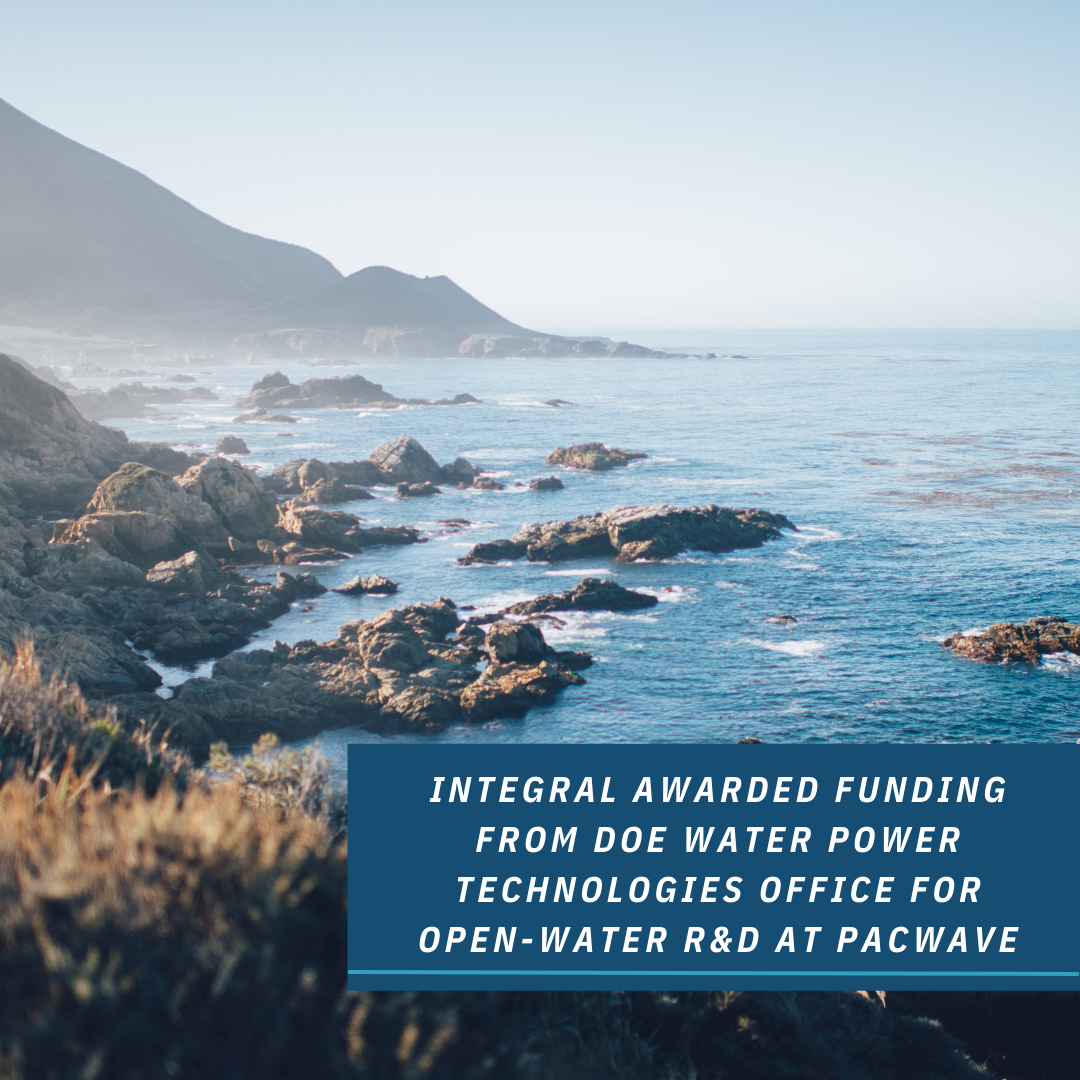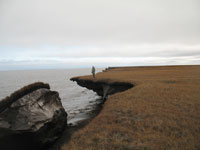
Dr. Christopher Flanary is a physical oceanographer with more than 10 years of experience performing site assessments for government agencies and the private sector, including hydrodynamics, sediment transport, contaminant transport, litigation support, and marine energy. Dr. Flanary has managed field operations, data processing and analysis tasks, and complex numerical modeling for environmental characterization, observational monitoring, scientific research, and technology development. His expertise includes the application of state-of-the-science field measurements and 3-dimensional numerical modeling and analysis to characterize and quantify processes in aquatic, terrestrial, and atmospheric systems. His modeling expertise includes coastal hazard modeling in support of vulnerability assessments, specializing in sea level rise, wave run-up, and coastal erosion, providing critical support for at-risk coastal communities. In addition, Dr. Flanary prepares materials for various environmental litigation cases in the United States.
Ph.D., Oceanography, Florida Institute of Technology, Melbourne, Florida, 2014
M.S., Physical Oceanography, Florida Institute of Technology, Melbourne, Florida, 2008
B.S., Marine Science and Biology, Coastal Carolina University, Conway, South Carolina, 2001
Member of the American Shore and Beach Preservation Association
Christopher Flanary, Ph.D. Consultant
Dr. Christopher Flanary is a physical oceanographer with more than 10 years of experience performing site assessments for government agencies and the private sector, including hydrodynamics, sediment transport, contaminant transport, litigation support, and marine energy. Dr. Flanary has managed field operations, data processing and analysis tasks, and complex numerical modeling for environmental characterization, observational monitoring, scientific research, and technology development. His expertise includes the application of state-of-the-science field measurements and 3-dimensional numerical modeling and analysis to characterize and quantify processes in aquatic, terrestrial, and atmo...
Dr. Christopher Flanary is a physical oceanographer with more than 10 years of experience performing site assessments for government agencies and the private sector, including hydrodynamics, sediment transport, contaminant transport, litigation support, and marine energy. Dr. Flanary has managed field operations, data processing and analysis tasks, and complex numerical modeling for environmental characterization, observational monitoring, scientific research, and technology development. His expertise includes the application of state-of-the-science field measurements and 3-dimensional numerical modeling and analysis to characterize and quantify processes in aquatic, terrestrial, and atmospheric systems. His modeling expertise includes coastal hazard modeling in support of vulnerability assessments, specializing in sea level rise, wave run-up, and coastal erosion, providing critical support for at-risk coastal communities. In addition, Dr. Flanary prepares materials for various environmental litigation cases in the United States.
Typological representation of the offshore oceanographic environment along the Alaskan North Slope
Publication
July 15 2022
Advancing Renewable Energy: Integral Awarded Funding from DOE for Open-Water R&D at PacWave
Press Release
April 15 2022
- Renewable Energy
- Environmental Impact Assessment
- Coastal Resilience
- Air Quality Modeling
- Site Assessment
- Litigation Support
- Data Analysis
- Surveying


